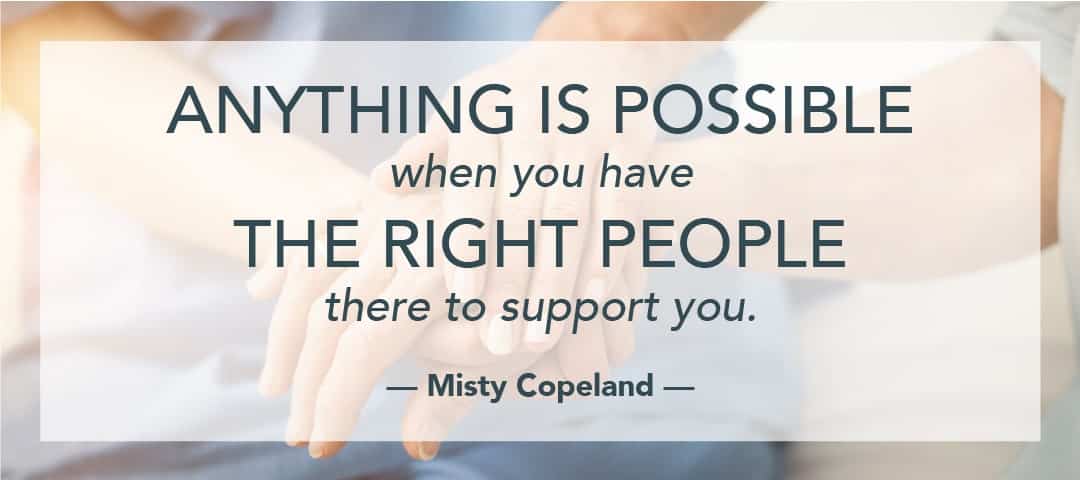Every year, 72 billion pounds of food—worth $218 billion—is thrown out or plowed under instead of being consumed, according to Feeding America. That number includes food from grocery stores, manufacturers, restaurants, and farms; it doesn’t include food people waste at home. The USDA estimates that food waste accounts for between 30 and 40 percent of the nation’s food supply.
Feeding America figured out a way to get at least some of that wasted food into the hands of people in need with the help of distributors, retailers, farmers, manufacturers, food service companies, and local partners. In 2020, they rescued 4 billion pounds of food in the U.S. Food-based businesses get tax deductions and keep food out of landfills while helping to feed people in need.
Community Action Services and Food Bank has been part of Feeding America’s grocery rescue program for about eight years. A total of 1,364,143 pounds of that rescued food helped people in Utah, Summit, and Wasatch counties. In 2019, the grocery rescue program accounted for 1.35 million pounds of donated food for people in those three counties. Here’s how it works:
Where Do We Get Rescued Food?
We get grocery donations from Walmart, Costco, and Target stores from American Fork to Springville. Our trucks regularly stop at those stores to collect products and bring them back to our food bank. Our staff and volunteers then sort through donations to distribute to our four food pantries in Provo, Heber, Kamas, and Coalville.
What Kind of Food Do We Get?
Grocery rescue donations are perishable items past the best-serve date stamp but still perfectly safe to consume. These include meat, deli, bakery, and produce items.
Meat: Hamburger, chicken, fish, pork, and beef.
Bakery: Bread, rolls, cakes, pies, etc.
Deli: Pizza, prepared meals (Mac and cheese, meatloaf, sweet and sour chicken), deli sandwiches, rotisserie chicken.
Produce: Packaged produce, salad mixes, tomatoes, bananas, other fresh produce.
What Do We Do with Rescued Food?
The first thing we do with the meat is freeze it so it stays good while awaiting distribution to people at our four food pantries. We set out bakery, deli, and produce items at the Provo pantry for clients to claim as much as they think they use. Sometimes we share grocery rescue items with our community partners, like the Food & Care Coalition, which will use the items in meals.
We keep items until they’re no longer safe for human consumption. Then, we send anything left to feed livestock—we don’t want anything to go to waste.
The grocery rescue program allows food-based businesses to keep food out of landfills, get a tax benefit, and help feed people in need. With the help of Walmarts, Costcos, and Targets in Utah Valley, we put more than 1.364 million pounds of fresh food in the hands of people in need in our community.

